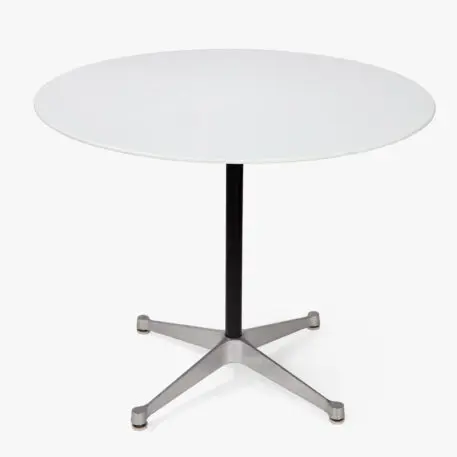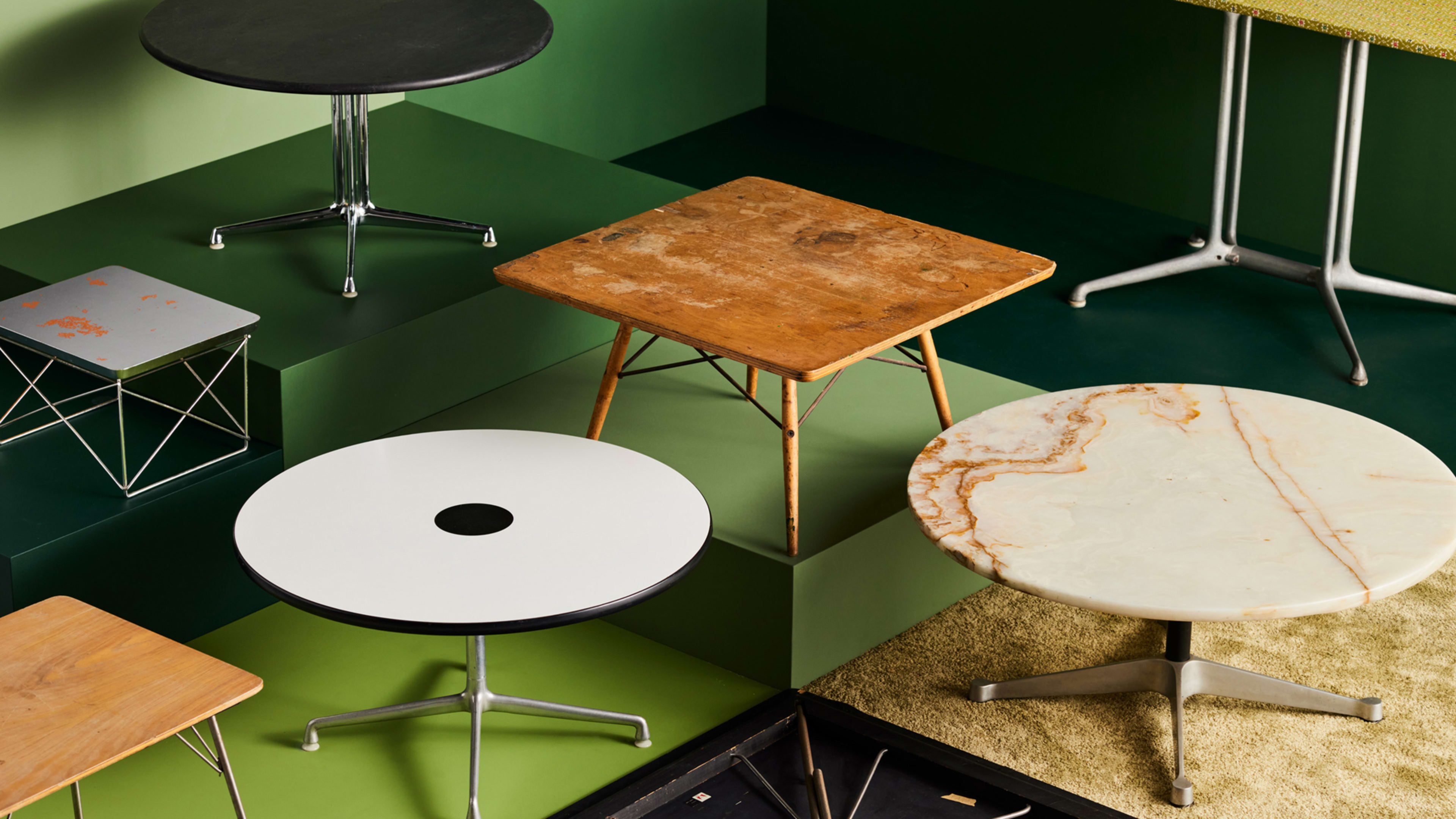Ray and Charles Eames, the legendary industrial designers, once took their youngest granddaughter out for dinner, where they had borscht. After the meal, Charles asked the eight-year-old how she enjoyed the meal; she said she didn’t like it at all. Without skipping a beat, Eames responded, “How would you have done things differently?”
That granddaughter, Llisa Demetrios, remembers the moment well. “We went through all the ingredients, to see which ones we could change,” she says. “We wondered whether they were limited by the ingredients at the farmers market that day.”

Demetrios is now the chief curator of the Eames Institute of Infinite Curiosity, which preserves the Eames legacy and houses the most comprehensive selection of the married couple’s designs. In her mind, this incident from her childhood encapsulates the Eames approach to design and the designers’ singular view of the world. “They were always looking at how to mend systems, and make them better,” she says.

This is the crux of a new exhibit she curated, titled Tables! Tables! Tables!, which is entirely digital, hosted on the Institute’s website. It investigates the Eameses’ approach to designing tables across the four decades of their design practice, from the 1940s to 1980s. Demetrios argues that tables are one of the basic and more enduring structures humans have designed. The many tables that Ray and Charles designed illustrate their relentless quest to make improvements to the objects around them.
The couple is perhaps best known for their chairs, many of which are still produced and used today. They are famous for their metal bucket chair, which they released in 1951, and their wooden lounge chair and ottoman, which came out in 1956. But while there are many complexities to creating a comfortable, functional chair, tables are much simpler. “It’s just a base and a top,” Demetrios points out. “They’re so well designed, you forget they were designed at all.”

And yet, the Eameses brought their problem-solving approach to tables, designing dozens of different ones. They were focused on tables’ durability and experimented with a range of materials that would make tables last for decades, even generations. Often, family members would be invited to test these tables, to see whether they were up to the task. Demetrios remembers doing her homework at a dining table that featured a glass surface made of a strong, scientific-grade glass designed to handle heat.

Over the years, the Eameses explored many different combinations of materials. They were big proponents of mass production at a time when most designers relied on carpentry and woodworking to create their designs. The Eameses believed that creating widely available, inexpensive products would allow more people to access them, a notion encapsulated in their company mantra: “The best for the most for the least.” One of their earliest tables featured a molded plywood top along with a tubular aluminum base designed to be both durable and light, and therefore easy to move around—a feature that other designers hadn’t previously considered.
In one image, Lucia Eames, the couple’s daughter (and Demetrios’ mother), sits at one of these lightweight tables, which could be folded. She’s seen surrounded by a pile of books and fruit, suggesting that the table could be used for both work and dining.

They also adapted tables based on their use. Changing the proportions of a table—from its height to the surface area of the top—can prompt different uses. It can suggest a productive space to work, a place to gather for a conference, or a place to socialize over food. The Eameses created coffee tables that gave the living room a common focal point, helping to solve the dilemma of where the rest of the room’s pieces should go. One fascinating bistro table was two-tiered, designed for cafés where people would stand while enjoying a coffee and have a place to stash their personal items, like a handbag or gloves, on the lower platform.
To Demetrios, the tables within this exhibit are fun to explore, but the thought process behind them is even more fascinating. It suggests two people who believed even the simplest aspects of our environment can be improved to make our everyday lives better. And she believes their approach has influenced generations of designers. “I find designers are actually very optimistic about the world because they believe they can solve problems,” she says.
Recognize your brand’s excellence by applying to this year’s Brands That Matter Awards before the final deadline, June 7.
Sign up for Brands That Matter notifications here.
